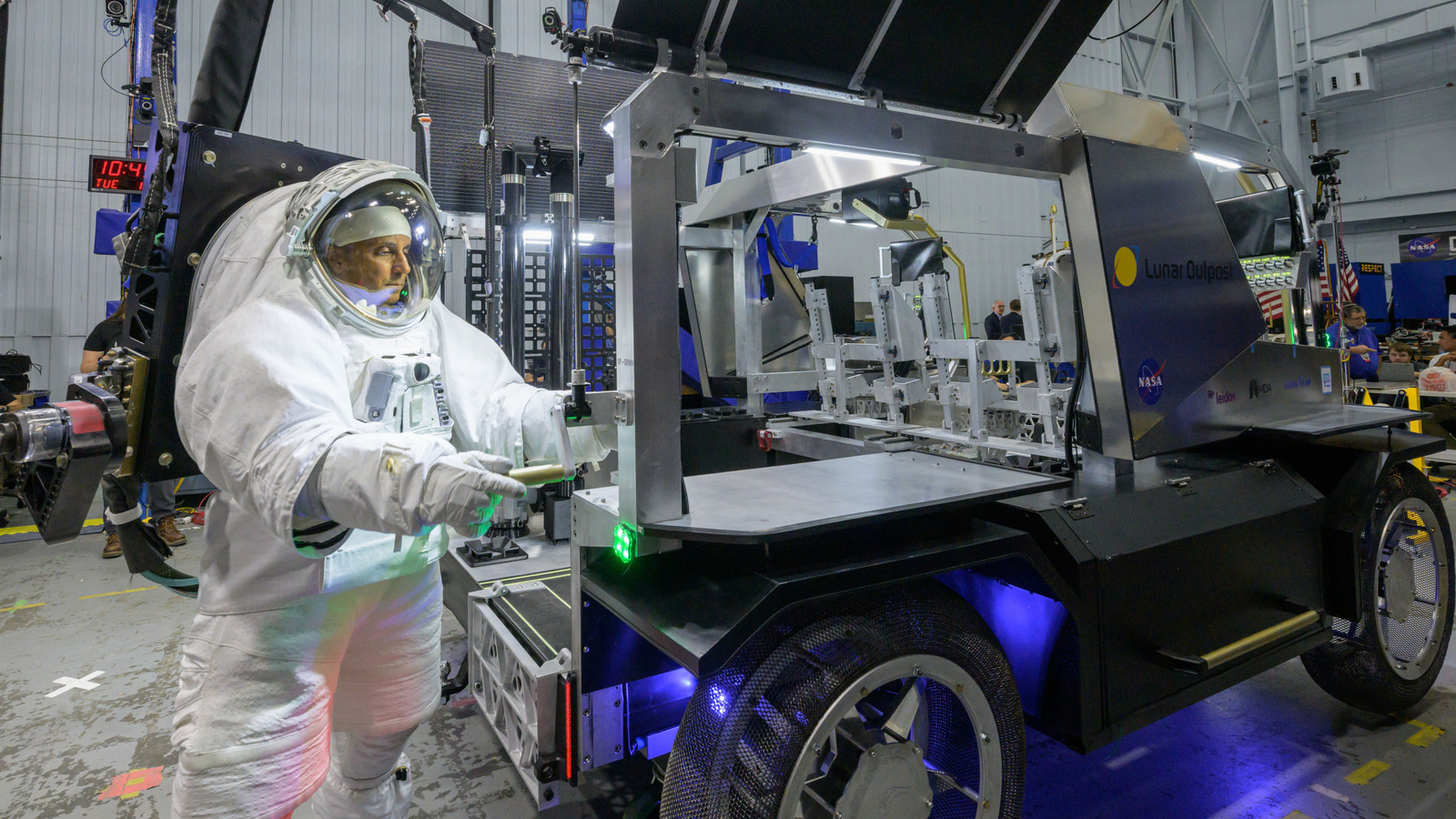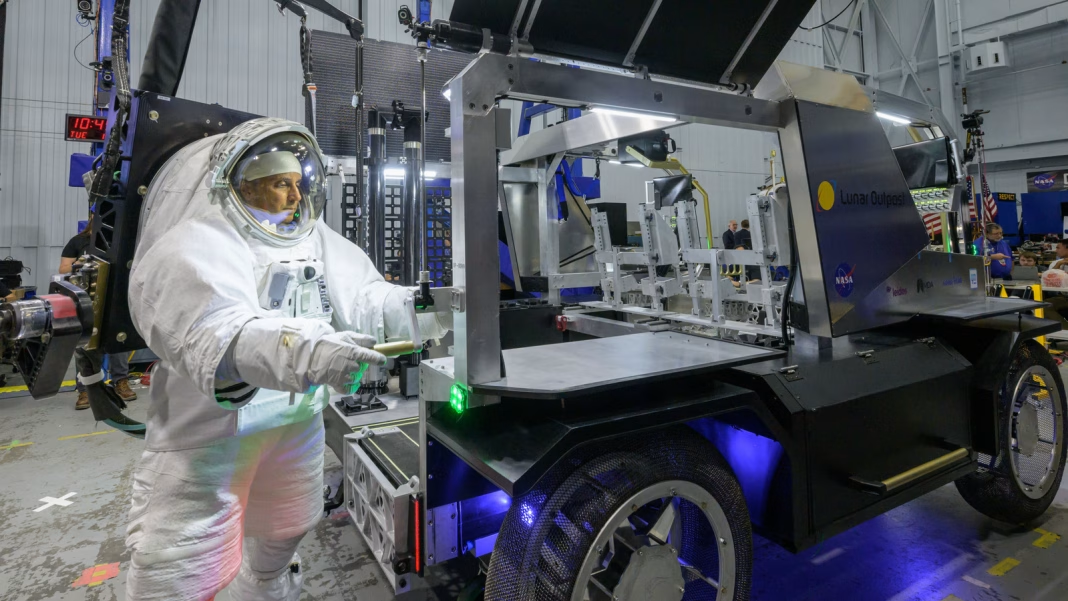How Will NASA’s New Lunar Rover Be Driven from Earth?
Picture this: a lunar rover, trundling across the dusty surface of the Moon, but instead of an astronaut at the wheel, there’s a team of engineers and scientists guiding it from a mission control room back on Earth. That’s exactly what Lunar Outpost, a NASA contractor, is making possible with its new Lunar Terrain Vehicle (LTV). The LTV’s real-time teleoperation capability is a leap forward in space exploration, and it raises some fascinating questions about how we’ll explore—and maybe even settle—the Moon in the years ahead.
What Makes Real-Time Teleoperation on the Moon Possible?
You might be wondering, how can anyone drive a vehicle on the Moon from 238,900 miles away? The answer lies in a blend of cutting-edge robotics, ultra-reliable communications, and some clever problem-solving. The LTV is designed with advanced sensors and autonomous systems that can interpret commands from Earth and react instantly to obstacles or changes in terrain.
But here’s the catch: there’s a roughly 1.3-second delay each way for signals to travel between the Earth and the Moon. That might not sound like much, but it’s enough to make driving tricky. To get around this, Lunar Outpost’s rover uses a mix of pre-programmed routines and real-time remote control. Operators on Earth can steer, stop, and make decisions, but the rover can also handle split-second hazards on its own. Think of it as a self-driving car with a human co-pilot—except the “car” is on another world.
Why Not Just Put Astronauts in the Driver’s Seat?
Sending astronauts to drive around on the Moon is expensive, risky, and logistically complex. Every pound of equipment and every hour of astronaut time is precious. By enabling teleoperation, NASA can keep astronauts safe in their base or even run missions when no crew is present at all. This approach also means more frequent and flexible exploration—imagine scientists on Earth responding in real time to a new discovery, steering the rover to collect samples or snap photos from just the right angle.
How Will This Change Lunar Exploration?
The ability to remotely operate a lunar rover opens up a world of possibilities. For one, it allows for longer and more ambitious missions. Instead of being limited by the amount of oxygen or supplies astronauts can carry, the LTV can keep working for weeks or months at a time, powered by solar panels and robust batteries.
There’s also a huge benefit for science. With real-time control, researchers can adapt their plans on the fly, chasing interesting rocks or geological features as they’re discovered. This flexibility is a game-changer compared to previous missions, where every move had to be planned weeks in advance.
What Challenges Still Need to Be Solved?
Of course, there are hurdles. Lunar dust is notorious for gumming up machinery, and the extreme temperatures swing from boiling hot to freezing cold. The LTV has to be tough enough to survive all that, while still being nimble and responsive to commands from Earth.
Communication is another biggie. NASA’s Deep Space Network is getting an upgrade to handle the increased data flow, but maintaining a steady link with a moving rover on the Moon’s far side is no small feat. Engineers are testing new antennas and relay satellites to keep the connection strong.
What Does This Mean for the Future of Space Missions?
This tech isn’t just about the Moon. The lessons learned from teleoperating the LTV could pave the way for future Mars missions, asteroid mining, or even robotic construction of habitats before humans arrive. It’s a stepping stone toward a future where humans and robots work hand-in-hand—sometimes literally worlds apart.
The big takeaway? Exploring the Moon from Earth isn’t about perfection—it’s about smarter adjustments. Start with one change this week, and you’ll likely spot the difference by month’s end. The next time you look up at the Moon, remember: someone might just be driving up there, guided by a joystick and a dream, right here on Earth.


